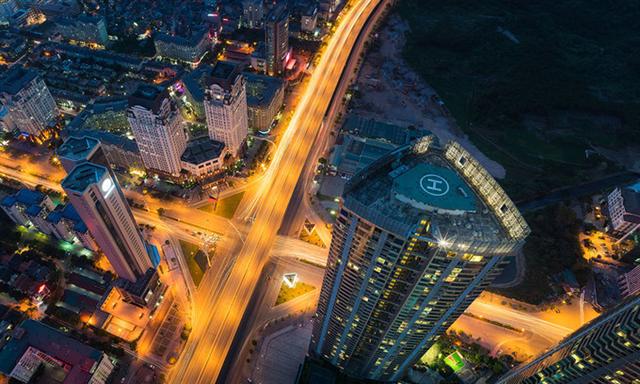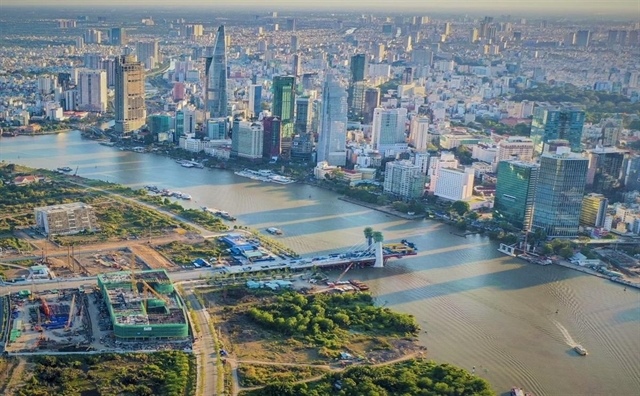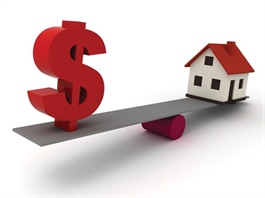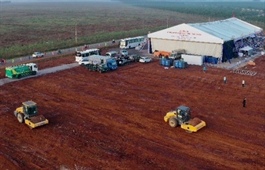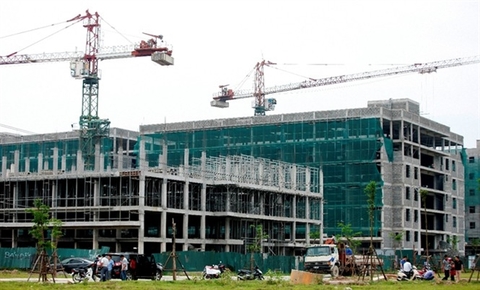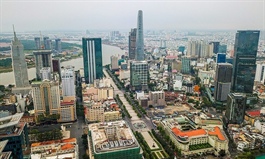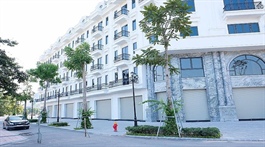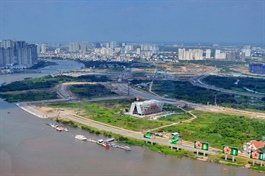Covid-19 shadows as Hanoi real estate market recovers
Covid-19 shadows as Hanoi real estate market recovers
Most real estate classes in Hanoi showed recovery signs in Q4 2020, but Covid-19 uncertainties continue to loom over the market this year.
Buildings seen in Nam Tu Liem District, Hanoi. Photo by Shutterstock/Vietnam Stock Images.
|
The retail category saw total supply in the last quarter increasing 1 percent year-on-year to 1.6 million square meters with the launch of the 36,000-square-meter Vincom Mega Mall Ocean Park in the eastern part of the capital, according to a report released Tuesday by real estate consultancy Savills.
However, average rents fell 3 percent year-on-year, while occupancy dropped 2 percent, showing that Covid-19 impacts remain on the market.
"Footfall is slowly recovering but yet to return to pre-pandemic levels with impulse and extravagant spending limited to increase savings," the report said.
The office category saw supply rising 6 percent year-on-year and average rent up 3 percent with growth in demand from companies in services, information and communications technology and e-commerce.
By next year, around 208,000 square meters from 15 projects will enter the office market. But as the Covid-19 pandemic has prompted companies to downsize and reduce operating costs, the downward trend in office space demand is set to continue, the report said.
The apartment category saw sales rising 27 percent from the third quarter to 6,700 units, but the figure was 37 percent lower year-on-year.
"Local demand remains steady, particularly for affordable units. Developers have started focusing on the suburbs and surrounding provinces," the report said.
Savills forecasts that average asking prices, which have increased 4 percent per annum over the last five years, is set to continue rising thanks to infrastructure upgrades, including two metro sections and ring roads.
This year, around 25,000 units are set to enter the market, most of them Grade B. Fifty-seven percent of the new supply will be in the north and south of Tu Liem District.
The hotel category, which suffered the biggest Covid-19 damage as international arrivals plunged, saw occupancy recovering by 12 percentage points quarter-on-quarter to 33 percent, against 75 percent in the last quarter of 2019.
Do Thu Hang, senior director of advisory services at Savills Hanoi, said many hotels downtown have been successful in attracting more domestic customers as the number of foreign tourists dropped.
As Hanoi expects to receive 11-15 million domestic tourists this year, compared to 8 million last year, it is likely that hotels will continue to focus on the domestic segment as the resumption of regular international routes is uncertain, she added.


